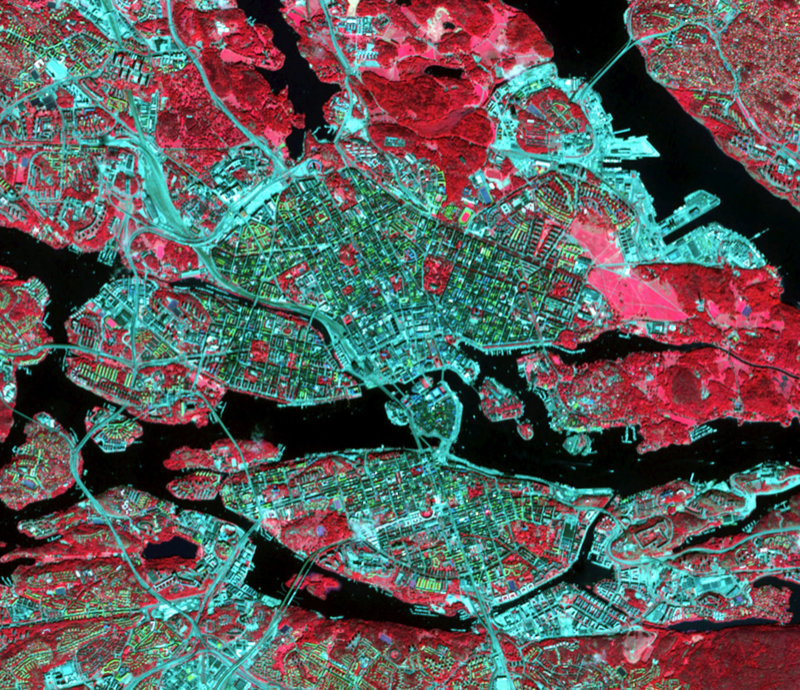Introduction to photogrammetry & remote sensing
Photogrammetric sensors & systems
Photogrammetric orientation, geometric properties, system error and correction
Photogrammetric products: maps, DEMs orthophotos
Aerial surveying and planning , quality aspect
Digital Images and digital matchning techniques
Photogrammetry applications in cartography, GIS and civil engineering
Earth Observation satellites
Thermal remote sensing
Radar remote sensing
Digital image analysis: enhancement & classification
Remote sensing applications: selected examples
This course intends to provide the basics in theory, models and applications of analytic and digital photogrammetry, as well as to give students an owerview of remote sensing concepts, the ways in which remote sensing systems are used to acquire data, how these data may be analyzed digitally, and how the information is used in various applications.
At the end of the course, students should have a good knowledge on how to acquire different types of remote sensing imagery and the basic algorithms to process and analyze remotely sensed images. Students should to be able to apply and develop photogrammetry for production of spatial data and for non-topographic applications, to plan aerial photogrammetric spatial data production and to analyze the resulting quality. Students should also be capable of undertaking basic digital image analysis.
